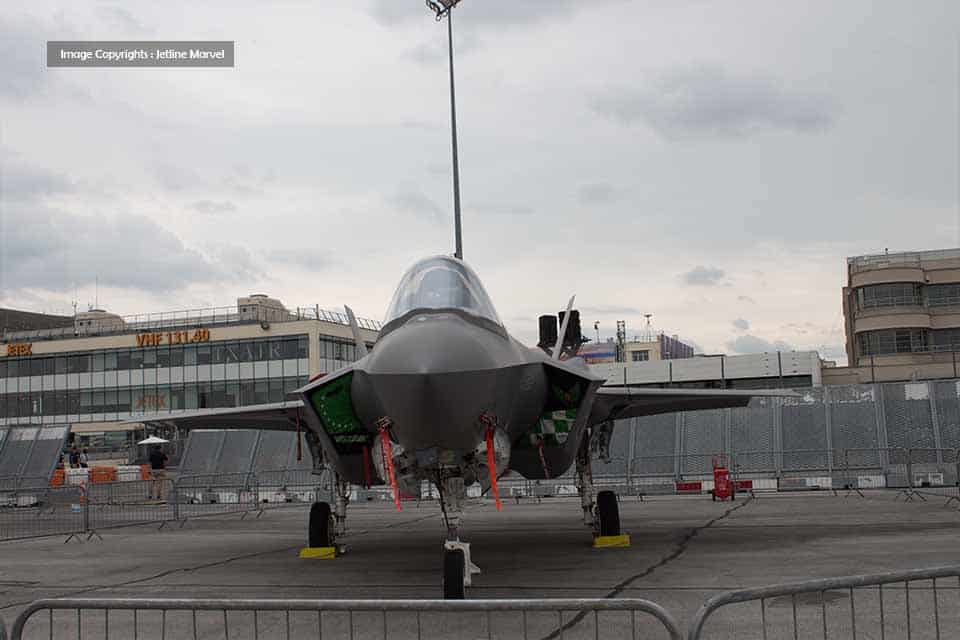Aviation
Airbus Lays off 15000 workers Amid Pandemic

● New measures contribute to safeguarding the Company’s future
● Necessary reduction of approximately 15,000 positions across Airbus’ global workforce
● Information and consultation process with social partners launched, agreements targeted in 2020
Toulouse, 30 June 2020 – Airbus (stock exchange symbol: AIR) has announced plans to adapt its global workforce and resize its commercial aircraft activity in response to the COVID-19 crisis. This adaptation is expected to result in a reduction of around 15,000 positions no later than summer 2021. The information and consultation process with social partners has begun with a view to reaching agreements for implementation starting in autumn 2020.
The commercial aircraft business activity has dropped by close to 40% in recent months as the industry faces an unprecedented crisis. Commercial aircraft production rates have been adapted accordingly. Airbus is grateful for the government support that has enabled the Company to limit these necessary adaptation measures. However with air traffic not expected to recover to pre-COVID levels before 2023 and potentially as late as 2025, Airbus now needs to take additional measures to reflect the post COVID-19 industry outlook.
Following the in-depth analysis of customer demand that has taken place over recent months, Airbus anticipates the need to adapt its global workforce due to COVID-19 by approximately:
● 5,000 positions in France
● 5,100 positions in Germany
● 900 positions in Spain
● 1,700 positions in the UK
● 1,300 positions at Airbus’ other worldwide sites
These figures include the Airbus subsidiaries Stelia in France and Premium AEROTEC in Germany. However, they do not include approximately 900 positions stemming from a pre-COVID-19 identified need to restructure Premium AEROTEC in Germany, which will now be implementedwithin the frame of this global adaptation plan.

Aviation
Why Elon Musk Believes the F-35 Stealth Jet Is Obsolete – Here’s Why

Elon Musk, the tech billionaire known for his innovative thinking, has set his sights on the U.S. Air Force’s F-35 fighter jets, calling them “obsolete” and unfit for modern warfare.
In a series of posts on his social media platform X (formerly known as Twitter), Musk has argued that fighter jets, particularly the F-35, are outdated in an era dominated by drones and AI-driven combat systems. His remarks, which have ignited intense debate, suggest that the U.S. military should shift focus toward low-cost, unmanned aerial systems (UAS) rather than continuing to invest in expensive, manned jets.
Musk’s blunt criticism, which led to a 3% drop in Lockheed Martin’s stock, isn’t just a swipe at one military program—it’s part of his broader vision for the future of warfare. According to Musk, drones are the way forward, offering cost-effective, flexible, and increasingly autonomous platforms that can outperform traditional fighter jets in modern combat scenarios.
Drones: The Future of Warfare
Musk has consistently championed the development of remote-piloted combat systems over traditional fighter jets, claiming that the days of manned aircraft are numbered. He highlights the rise of drone warfare as a pivotal shift in military strategy.
Drones, Musk believes, not only offer a more cost-effective approach to air combat, but they also allow for greater speed in innovation. His argument is simple—drones are cheaper, safer, and capable of performing coordinated missions with minimal human oversight.
In contrast to the F-35’s $80 million price tag, small drones used in the Russia-Ukraine conflict have cost anywhere from $10,000 to $50,000 each. Musk suggests that, given the escalating costs and complexity of traditional fighter jets, drones provide a much better return on investment. By removing the human element, drones eliminate the risks faced by pilots and allow for large-scale, swarming operations that can overwhelm traditional defense systems.
The F-35 program, one of the most ambitious and costly military projects in history, has long been a target for criticism. Designed as a multi-role stealth fighter, the F-35 was intended to meet a wide range of military needs, from air-to-air combat to precision strikes.
However, the program has been plagued by cost overruns, delays, and technical challenges. Despite these setbacks, the F-35 remains a cornerstone of the U.S. and allied air forces, largely due to its advanced stealth technology, sensors, and interoperability with other defense systems.
Critics, however, argue that the F-35 is over-designed to meet too many requirements, making it an unnecessarily complex and expensive system.
Musk’s Vision for the Future
Musk’s call to replace piloted fighter jets with AI-driven drones isn’t just about cutting costs—it’s about rethinking the way we approach air combat. With the growing role of Unmanned Aerial Systems (UAS) in conflicts around the world, from reconnaissance to precision strikes, it’s clear that the battlefield is evolving. Drones have already proven their value, offering flexible, highly adaptable solutions that are reshaping military operations.
-

 Aviation2 months ago
Aviation2 months agoMicrosoft Flight Simulator Raises $3 Million to Bring Back the An-225 Mriya
-

 Airlines2 months ago
Airlines2 months agoQatar Citizens Can Travel to the United States Without a Visa
-

 Aviation2 months ago
Aviation2 months agoQatar Airways bans these new Electronic Devices on plane
-

 Defence2 months ago
Defence2 months agoWhich Country Has the Largest Fleet of Fighter Aircraft?
-

 Airlines6 days ago
Airlines6 days agoDAMAC Air: Dubai’s New Luxury Airline Offers Free Flights for Registration
-

 Airport2 months ago
Airport2 months agoWestern Sydney Airport Welcomes Its First Plane After 6 Years of construction
-

 Airlines5 days ago
Airlines5 days agoAir India to Launch aircraft maintenance training institute in Bengaluru
-

 Aviation2 months ago
Aviation2 months agoDid you know ? Once Boeing 747 carried 1088 passenger in 1991








